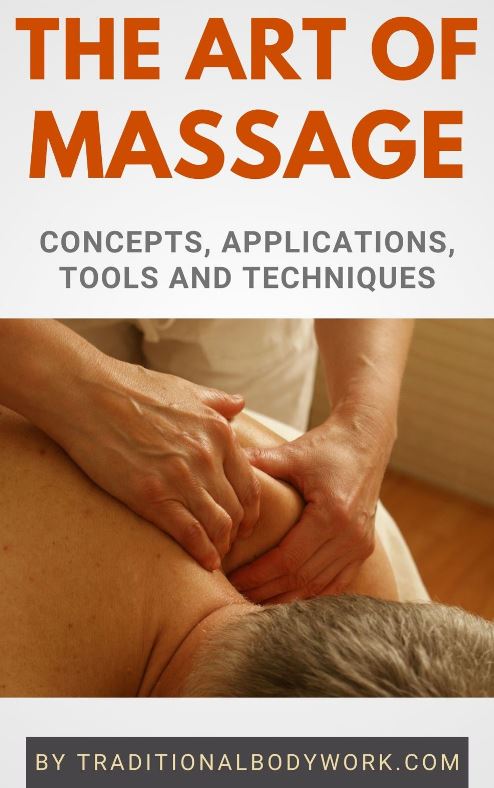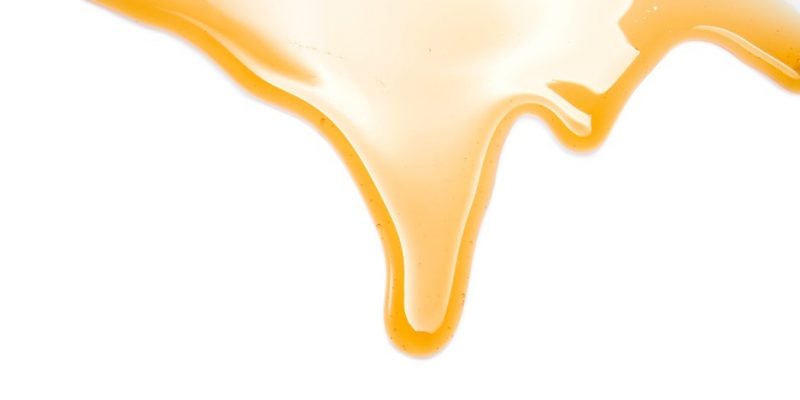
In most Traditional Medicine systems of Asia, massage is officially considered energy work and not bodywork. That seems rather paradoxical, because of the evident physical manipulations in massage therapy.
And to make things even “worse,” bodywork in the East is directly related to herbal medicine, that is, it involves food therapies, nutrition, and herbal supplements.

But what is actually meant by considering massage therapy energy work is that massage manipulates the physical body with the goal to promote the free flow of Life Energy, this energy which, depending on the country or particular healing system, is called Prana, Lom Pran, Ki or Qi, among other labels.
What exactly this Life Energy is, is subject of continuous debate in the West, but in the East it’s simply taken for granted, that is, no questions asked or efforts made to “explain” it.
Now, of course, for our skeptical Western minds this is highly unsatisfactory, but then again, we could translate Life Energy as the final product of the air we inhale and the food we eat, in fact, exactly as how the East understands the intake of Qi, Prana or Lom.
Thus, air (oxygen) and food (nutrients) are transported through our blood circulatory system to be combusted and transformed into energy for our bodies. This energy then is Life Energy, movement, action and functioning, and without it we would simply be a corpse.
With that particular outlook in mind we can perhaps better grasp that the end goal of massage therapy is indeed energy work, that is, creating an optimal situation in the body to produce and distribute energy. However, it doesn’t stop there: the energy that is absorbed is transformed by our body into several types of energies, such as physical, emotional, mental, sexual and spiritual energy, and such.

Now, there are therapists who approach massage with a special focus on these more subtle energy aspects. They place emphasis on how different types of energies influence the state, health, and well-being of our physical and mental body.
The role of the energy worker then is seen as “to tune into” these more subtle energies and to diminish or release any energy which is causing physical pains or discomforts. The opposite is true also: to promote the production and flow of those types of energies that lack. In fact, this is what is called “balancing the flow of energy.”
One will notice that energy work focused massage will usually put more emphasis on talks, touch, rocking, holding, support and so-called loving kindness and compassion. The sessions are generally much “softer” than our good old “no pain, no gain” Asian massages, making them particularly popular in the West.
In conclusion we could say that there’s no real opposition between bodywork or energy work. Apart from what definition one would like to prefer, it’s a matter of the stance one would take, emphasizing the one or the other in treatments. But finally, it’s like the two sides, head and tail, of the same coin.
















